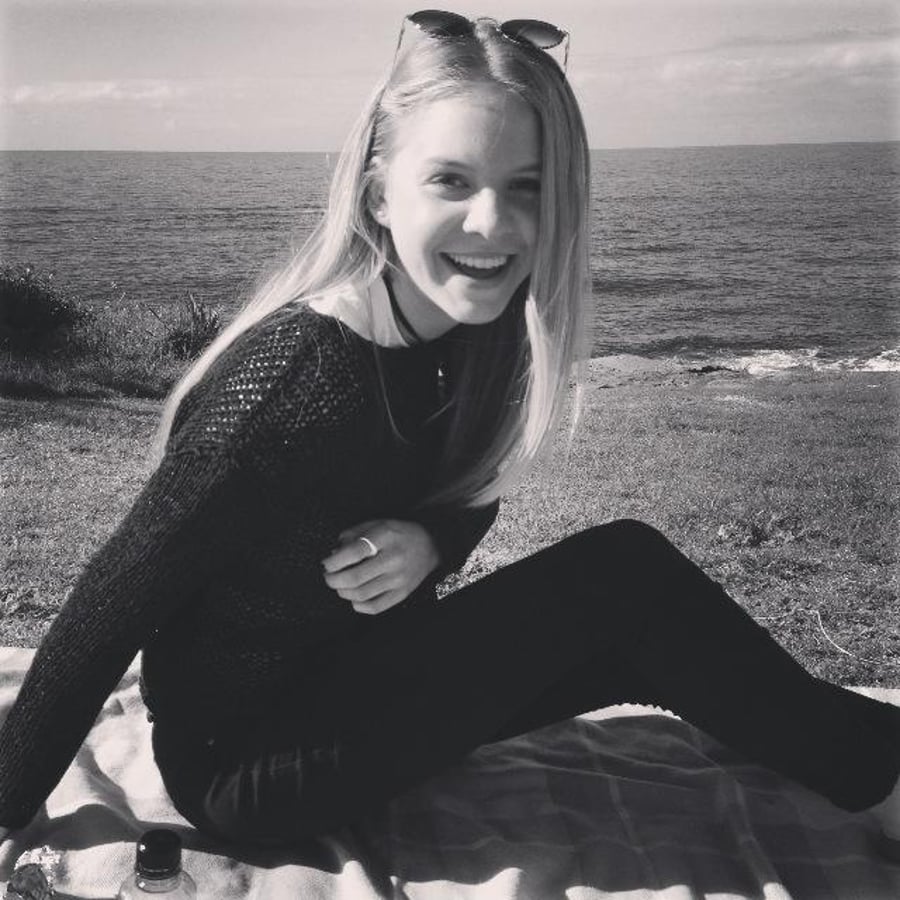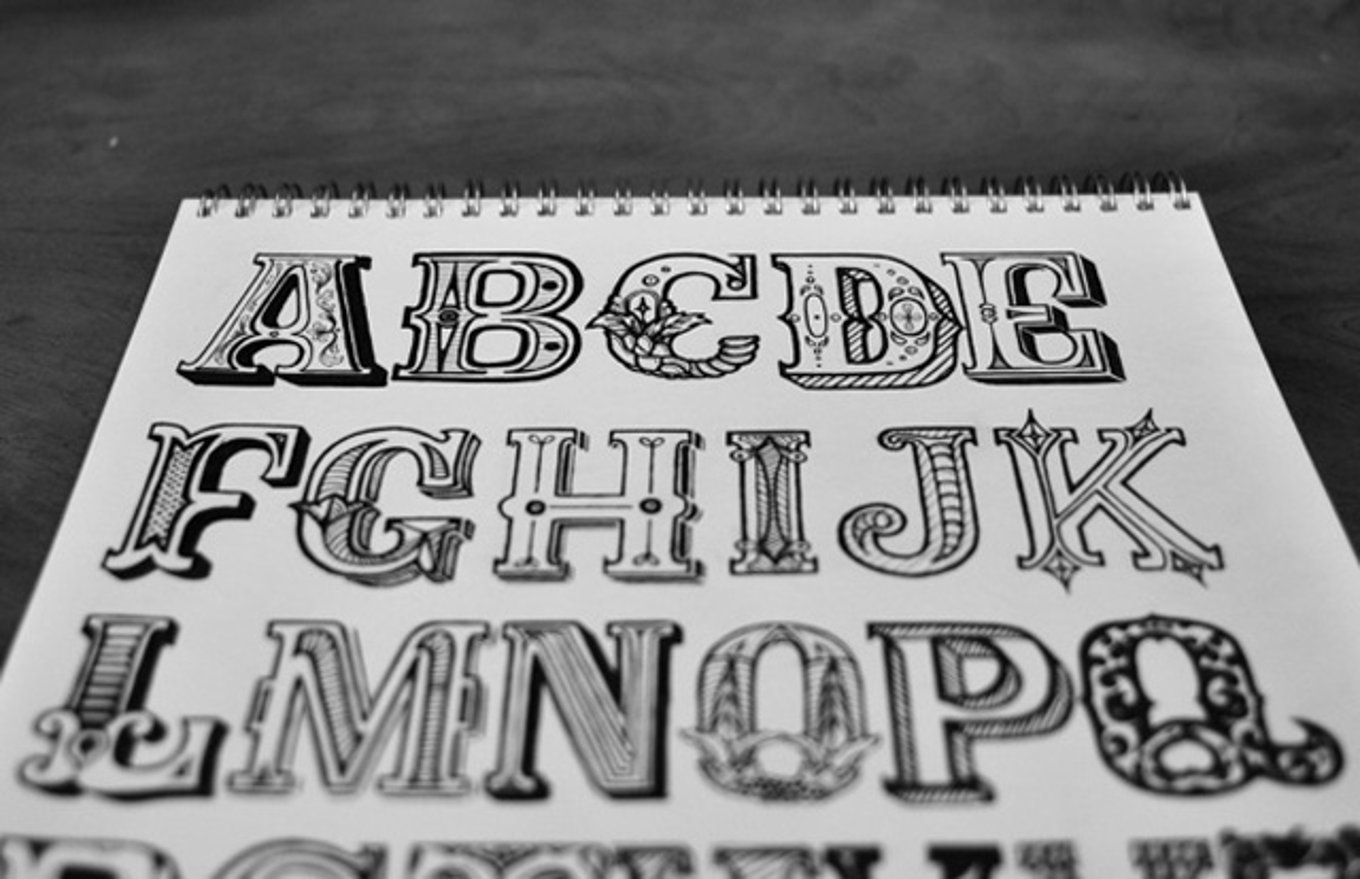Written by Yasmina El Mrabet, graphic designer and University of Newcastle student who completed an internship at Headjam earlier this year.
As I am pursuing a generalist degree majoring in Graphic Design, I searched for a way to understand what the industry expects from visual designers. My research into the professional world of design led me to Headjam, a dynamic creative agency based in Newcastle. Headjam gathers an eclectic group of creatives driven by the belief that their work can have a positive impact. Their values immediately resonated with me. Specifically, Headjam's strong commitment to community-oriented projects perfectly aligned with my passion for social change through design.
Goals
Upon my initial contact with Headjam, I expressed my admiration for their work on social media and conveyed my dedication to promoting social justice through design. I had especially noticed their work for a local Indigenous organisation and a foster care organisation. After reading the case studies they share regularly about their work, I had an overview of how they approach the issues those organisations face. This also sparked my curiosity as to how they solve problems with visual design.
Another goal for this internship was networking, as it is a significant challenge for newcomers like me. As I started my degree at the University of Newcastle, I quickly recognised the importance of building local connections, while still in the learning phase, to maximise my professional success. Additionally, I aimed to gain a comprehensive understanding of the creative industry and how to lead a creative team.
Mission
My dialogue with Sarah Cook, the business owner and design lead at Headjam, was instrumental in shaping the course of my internship.
During our conversation, Sarah sought to understand my areas of interest within the design field. I expressed my passion for user experience design, publication, and project management, and a keen desire to observe her leadership skills. Sarah's journey from joining Headjam to becoming the lead designer was enlightening, and I saw it as a valuable roadmap for my aspirations.
Graciously, Sarah arranged for me to shadow her design team while also allowing me to explore different departments within the organisation. This flexibility provided me with a holistic view of the creative agency's inner workings. Throughout my internship at Headjam, I engaged in a range of tasks that contributed to my skill development and understanding of the creative industry.
My general mission in this internship was to shadow the design team. This took place in different settings.
My first task was the preparation of design file handovers and digital file organisation. This contrasted with assignment work at university because I did not have complete control over the totality of a digital project. My intervention was happening halfway through the project. I appreciated how a team of designers functioned and how their workflow was broken down at a synchronised pace.
Because I had been working alone on most of my projects, I had not thought of the importance of a clear system to coordinate creative work between teams.
Self-reflection
Time management also surfaced as a crucial skill. Benji Crocker, a graphic designer at Headjam, showed me how he effectively manages his tasks for the week, using a combination of paper to-do lists and digital tools shared with the entire team. These digital tools help the team keep track of everyone's progress and ensure efficient workflow. Those tools also allowed me to tackle some of the tasks that I was confident in completing for the team. For example, I completed a design review that contributed to the communication of feedback between the design team and the development team.
The work process in design involves an elevated level of communication and information retention. During client meetings, I realised that note-taking is an essential skill for designers. As a student in visual design, I had been building this habit during my studies. However, designers listen to clients to gather crucial backgrounds and project needs, which are fundamental to project initiation. Clients often provide minimal information, and it falls on the design team to extract as much relevant information as possible during these meetings. Given that meetings are infrequent, designers must excel in solid note-taking skills.
Thanks to those organisational tasks, I feel more confident about preparing and distributing tasks in my next group assignment, and in my aspirations as a creative leader.
Challenge
Another task I completed was the creation of social media content (graphic design) for Headjam. This content is used by the business to keep its online footprint consistent. By maintaining a strong presence on social media, Headjam branches out to potential new clients while showing their skills and growing new ones. As part of this task, I was challenged to create designs using software outside of my comfort zone.
Benji emphasised that many tasks are learned on the job, reflecting the ever-evolving nature of the field. Sarah reinforced the importance of staying current with software updates, as rapid technological advancements demand designers to continually invest in their professional development.
For this task, I completed tutorials to learn new software. I successfully created designs that Headjam shared for online publication, crediting my work. This not only pushed me out of my comfort zone but also demonstrated the agency's focus on personal growth and the importance of creative practice.
As someone initially unfamiliar with the creative industry, my perceptions have evolved significantly. I now have a clearer understanding of the professional skills expected in this field and can tailor my educational path accordingly.
Beyond Graphic Design
Beyond the practical skills I gained, I discovered several crucial aspects of the design industry that are equally important. One significant lesson was the importance of theoretical knowledge. In design studios, there is a vernacular and culture that professionals must know and understand. For instance, having a foundational knowledge of the history of graphic design is essential. This knowledge not only aids in understanding design trends but also accelerates project initiation by providing a shared reference point.
Additionally, I had the privilege of shadowing the work of account managers and observing their interactions with clients and stakeholders. This was also a stark contrast to my solitary work as a student designer.
Shadowing the account managers was particularly eye-opening as it shed light on the vital role, they play in project execution. Witnessing the constructive collaboration between visual designers, developers, and account managers was a valuable lesson in teamwork and communication.
Account managers are the first point of contact with clients. They kindly included me in meetings where they interviewed clients about their needs but also those when they delivered final products. This experience allowed me to understand the permeability of the skillset account managers possess and how fundamental transferable skills are to stay relevant in the creative industries. This was also a valuable experience in terms of networking skills.
Professional development
Sarah acknowledged that designers often lack the innate ability to build relationships with stakeholders, a trait that accounts managers excel in. However, she highlighted her journey of learning this skill set as a business owner. Sarah took the initiative to undergo leadership courses, emphasising the importance of continuous growth and development.
It became apparent that while proficiency in various software tools is crucial, adaptability and a willingness to learn are equally essential. Every project presents unique challenges, making continuous learning an inherent part of a designer's journey. Moreover, skills such as teamwork, effective communication, and time and project management emerged as essential building blocks for success.
My time at Headjam also provided valuable insights into leadership. Regarding this skill, Sarah stressed the significance of authenticity in relationships and the importance of building rapport with people. This involves attending events, organising events, and engaging with industry professionals to discuss their work and experiences. She encouraged me to keep a consistent presence online but to also initiate contact with local creatives and attend local events.
Conclusion
Sarah's leadership style, marked by support and encouragement, was evident when she announced one of her longest-serving account managers' promotion to a leadership role in another company. Her pride in her employee's growth highlighted the agency's commitment to fostering talent. Additionally, Sarah introduced a new tool for professional reviews, emphasising the agency's dedication to employee development and job satisfaction. This revelation highlighted the importance of setting specific career goals, which I plan to explore as I progress in my studies.
In conclusion, my internship at Headjam has been an enriching experience that has expanded my horizons as a budding designer. I have gained valuable insights into the creative industry, refined my skills, and observed effective leadership in action. As I continue my academic journey and prepare for a future in design, I carry with me the lessons learned at Headjam and the understanding that the creative world is one of continuous learning, adaptability, and the pursuit of meaningful goals, both for oneself and the community. Moreover, I have come to appreciate the importance of theoretical knowledge, note-taking, time management, and building relationships as essential facets of success in the world of design.


.jpg?width=1360&height=900&upsize=true&upscale=true&name=3%20(6).jpg)
